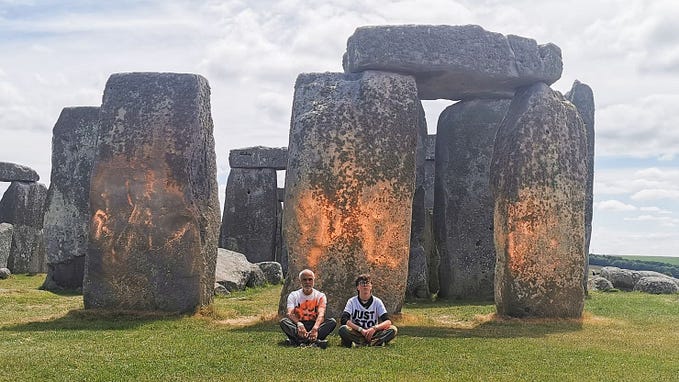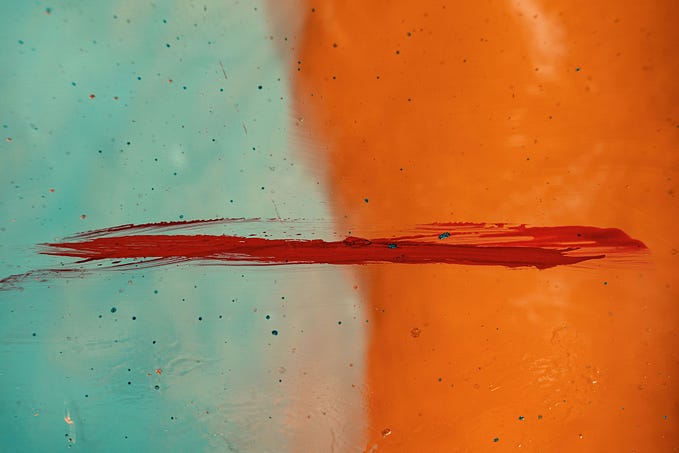
A new way to understand and upskill creative thinking
One beautiful yet sometimes frustrating truth is that not all creative thinking is the same… or in the same league. Why are some people able to connect dots into a breakthrough insight, or develop a jaw-dropping concept for a problem we had yet to define?
Many years ago, I began a journey to try to understand how to upskill creative thinking. First, as someone who was responsible for building teams of creative problem solvers, and later in my role teaching creative thinking to graduate students. I worked my way through a pantheon of innovation experts but none truly helped me as a manager and mentor looking to establish a shared understanding of the scale of creative thinking skills so I could build and nurture teams of amazing problem solvers.
Now, as innovation becomes a business and societal imperative, the need to develop and channel creative problem-solving skills is a necessity.
Let’s get a little wonky.
Building on learning concepts introduced in Bloom’s Taxonomy, this framework outlines the different types of creative problem-solving and the vernacular we can use to nurture the innovators among us. The Taxonomy of Creative Thinking may appear a little wonky at first, but that’s because we need to use the same rigor for creativity that so many other “more serious” fields have benefited from if we want to advance our understanding. Doing so has helped clarify the requirements for different levels of thinking so we can identify where growth is needed as well as how best to structure a team or workforce to achieve mission-critical innovation goals.

The Taxonomy of Creative Thinking defines the three different levels of increasingly complex creative thinking processes as well as three dimensions of knowledge one must employ or construct — to varying degrees — at each level. The knowledge dimensions were developed through an analysis of the last decade of innovation and reflect requirements in methodologies such as design thinking.
How do you use the Taxonomy?
Start by using the Taxonomy as a diagnostic tool. Do you recognize anyone you know in this framework? Perhaps someone who is clearly a strong Explorative thinker who is adept at quickly gaining a grasp of the necessary Systems knowledge for any given project. Then you may find you need Empathy or Experience knowledge on the project team, or to encourage that team member to become more comfortable acquiring knowledge in those areas. Or perhaps your creative team is great at realizing quality, on-brand projects but you need them to evolve from Adaptive problem-solvers to Explorative thinkers who drive experimentation on new channels?
This model gives us a framework to understand our strengths as well as the foundation to have conversations on creativity that so many leaders have struggled with.
One misconception is that innovative ideas are only generated at the Originative level where thinkers are inventing solutions to problems we haven’t even been able to articulate yet. The truth is that innovation can be the result of ideas produced at any of the three levels because, while creative thinking is the act of developing a novel solution, innovation is really just the label we apply to the solution—usually determined by the solution’s potential to create change. In other words, all innovations were the product of creative thinking but not all creative thinking is likely to be deemed innovative. You will need to determine your criteria for innovation based on the change you seek/level of challenge you face, and you can use this framework to help guide creative thinkers to meet your expectations.
It’s said that the first rule of productivity is to set expectations. My hope is that the Taxonomy of Creative Thinking will help leaders communicate expectations for more engaged, creative, and productive teams. You can find more ideas to spark creative problem-solving at creativethinkinglab.org.





